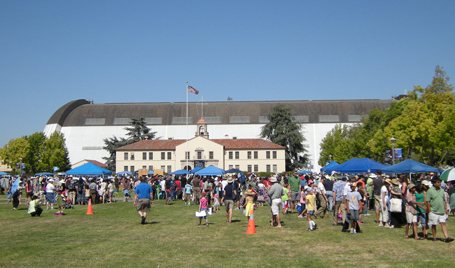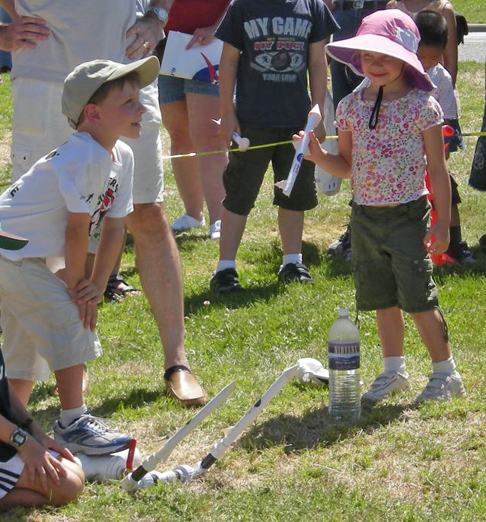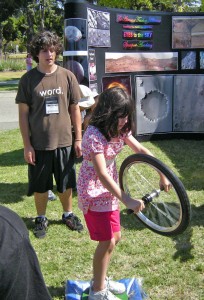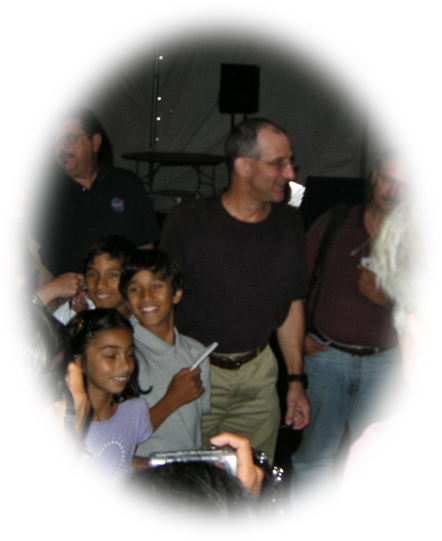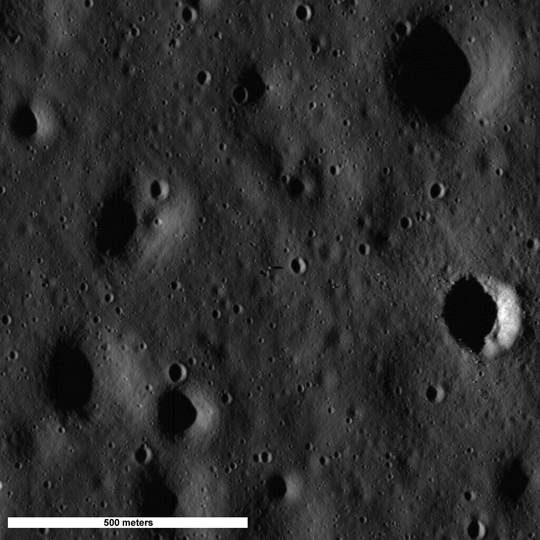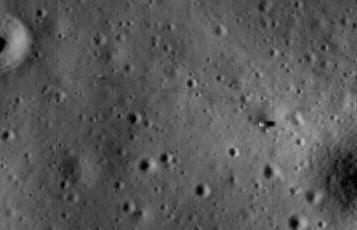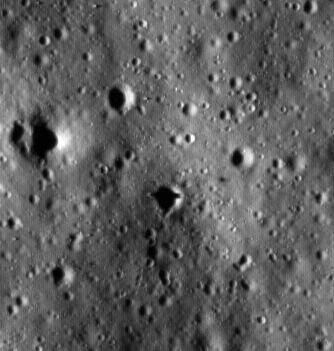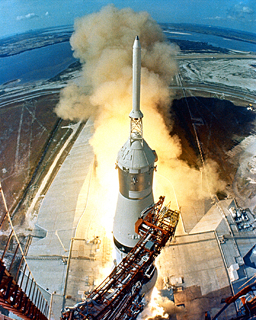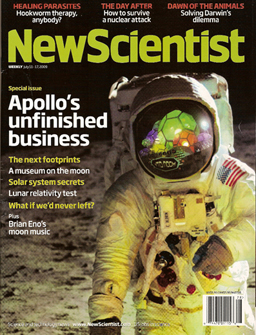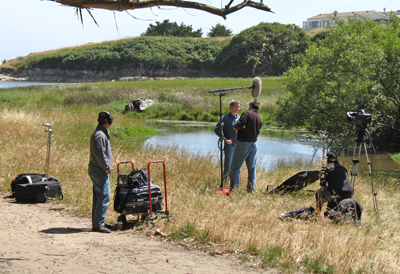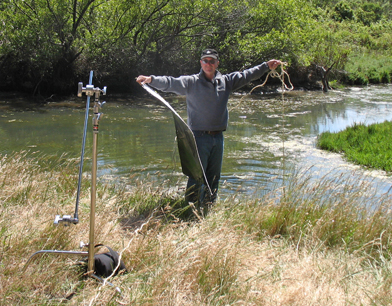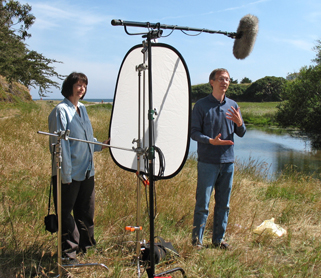History Channel and “This Week’s Finds”
Friday, July 31st, 2009
Just a little update on the History Channel program … I must have talked with Adrian, the writer/producer, about fifteen times this week. Today was his deadline for the script, and he kept on checking little details with me. Even as recently as Monday he said that persons unknown had snuck some words into the script about the giant impact creating the oceans, which is NOT TRUE!!
I am not in the television biz, but it amazes me that anyone would have the audacity to put statements of fact (especially false ones) into a writer’s script without checking with the writer first. I write for the print media, and I don’t think that any of my editors would ever do that. If they did, they wouldn’t be my editor for long!
Anyway, I’m confident that Adrian is trying his best to get the story right, and I hope that he will get the last word.
Today I found a reference to the giant impact theory in an unexpected place on the Web: Physics World magazine. The article is called “The Earth — for physicists,” and it talks about four catastrophes that Earth has been through, including the giant impact that formed the moon and the “late heavy bombardment” that formed most of the moon’s large impact features. The article says complimentary things about my book, so I’m happy to reciprocate with a link to it!
I found the article intriguing for a reason you might not expect. The author, John Baez, was perhaps the first blogger on the World Wide Web. He was certainly the first physics blogger. I interviewed him one time (for reasons that I have now forgotten), and he pointed out that he had been writing his blog since before the word “blog” existed! It’s called “This Week’s Finds in Mathematical Physics,” and he has kept it going since January 19, 1993. It is now up to Week 276.
If you do the math, you’ll see that he has not written an entry every week. Nevertheless, his blog is a fantastic place to learn about math or really theoretical kinds of physics, because he thinks hard about how to explain difficult concepts in the most straightforward, informal, intuitive way. Usually, the only way you can get this stuff is to talk with someone at the blackboard. That’s what John Baez’s blog is like. A really great blackboard session. And somehow he manages to do it over and over … not every week, but pretty darned often.
Anyway, Baez is usually into very cerebral math-y stuff, and so it amazed me to see him writing for Physics World about something as concrete as how the moon formed, how we got an oxygen atmosphere, etc. It amazed me in a good way, I hasten to add. After all, I was also in a previous life a card-carrying mathematician, and look what I’m writing about now!
